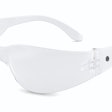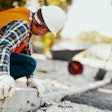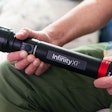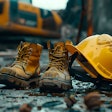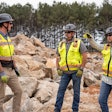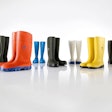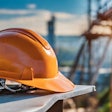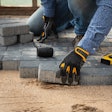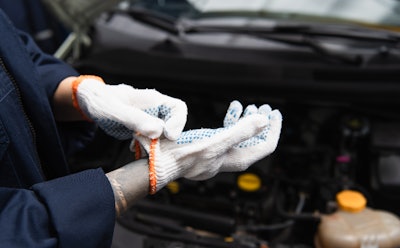
Just like construction workers, mechanics rely on gloves as a form of personal protective equipment (PPE). Job hazards dictate the protection needed by gloves for any given job task. Mechanics gloves offer benefits that may cross over into the needs of construction work, such as hand and grip protection, useful for heavy lifting and may prevent hand fatigue, calluses and blisters.
Not all mechanics gloves are the same or designed to offer the optimal protection needed on a construction site where abrasions, cuts, punctures and impacts may be more common when working around heavier materials and sharp objects.
However, some mechanics gloves may offer many benefits that make them appropriate for construction work.
OSHA Requirements for Work Gloves
A recent PPE document from the U.S. Department of Labor and Occupational Safety and Health Administration (OSHA) addresses hand and arm protection among other factors. OSHA notes that potential jobsite hazards include skin absorption of harmful substances, chemical or thermal burns, electrical dangers, bruises, abrasions, cuts, punctures, fractures and amputations.
Protective equipment includes gloves, finger guards and arm coverings or elbow-length gloves.
The nature of the hazard and the operation involved affects glove selection. OSHA notes that the variety of potential occupational hand injuries makes selecting the right pair of gloves challenging.
It is essential employees use gloves specifically designed for the hazards and tasks found in their workplace because gloves designed for one function may not protect against a different function even though they may appear to be an appropriate protective device, the agency points out.
Factors that influence glove selection include type of chemicals handled, the duration of contact and the nature of contact, such as total immersion and splash. Other factors include abrasion/resistance requirements, size and comfort, thermal protection and grip requirements (hand only, forearm, arm).
Types of Work Gloves
Gloves designed for workplace hazards generally fall into four groups.
One group is leather, canvas or metal mesh, which provides protection against cuts and burns. Leather or canvas gloves also protect against sustained heat. Leather gloves protect against sparks, moderate heat, blows, chips and rough objects.
Aluminized gloves provide reflective and insulating protection against heat and require an insert made of synthetic materials to protect against heat and cold. Aramid fiber gloves protect against heat and cold, are cut-and abrasive-resistant and wear well.
Synthetic gloves of various materials offer protection against heat and cold, are cut- and abrasive-resistant and may withstand some diluted acids. These materials do not stand up against alkalis and solvents.
The second group – fabric and coated fabric gloves – are made of cotton or other fabric to provide varying degrees of protection against dirt, slivers, chafing and abrasions.
Coated fabric gloves are normally made from cotton flannel with napping on one side and can be used as general-purpose hand protection offering slip-resistant qualities. These gloves are used for tasks ranging from handling bricks and wire to chemical laboratory containers.
A third type are chemical-resistant gloves, made with different types of rubber or plastic, including a blending of materials for better performance. The thicker the glove material, the greater the chemical resistance, but thick gloves may impair grip and dexterity.
A fourth type: insulating rubber gloves for electrical protection. More details are found here.
Features of Mechanics Gloves
Some mechanics gloves are designed to meet OSHA recommendations and may be useful for construction workers in providing a good grip when working with abrasive masonry and concrete materials.
Some dry gloves are designed to repel oil and moisture. Mechanics gloves may offer extra protection against vibration, heat and potential hand injuries for construction workers operating power tools. Some mechanics gloves are designed to be cut-resistant and may be able to be worn when handling metal, lumber, glass, screws and nails.
Some mechanics gloves offer high visibility, ideal when working road construction jobs. The extra lining of thermal mechanics gloves may be desirable for working in cold climates and maintaining dexterity.
Mechanics gloves designed with heat resistance or flame protection might be used for welding or working with other hot materials. Insulated mechanics gloves may be an option when working with electrical systems.
Jobsite safety managers can help determine if a particular pair of gloves provide the protection, dexterity, comfort and safety needed to do a job according to industry standards.




